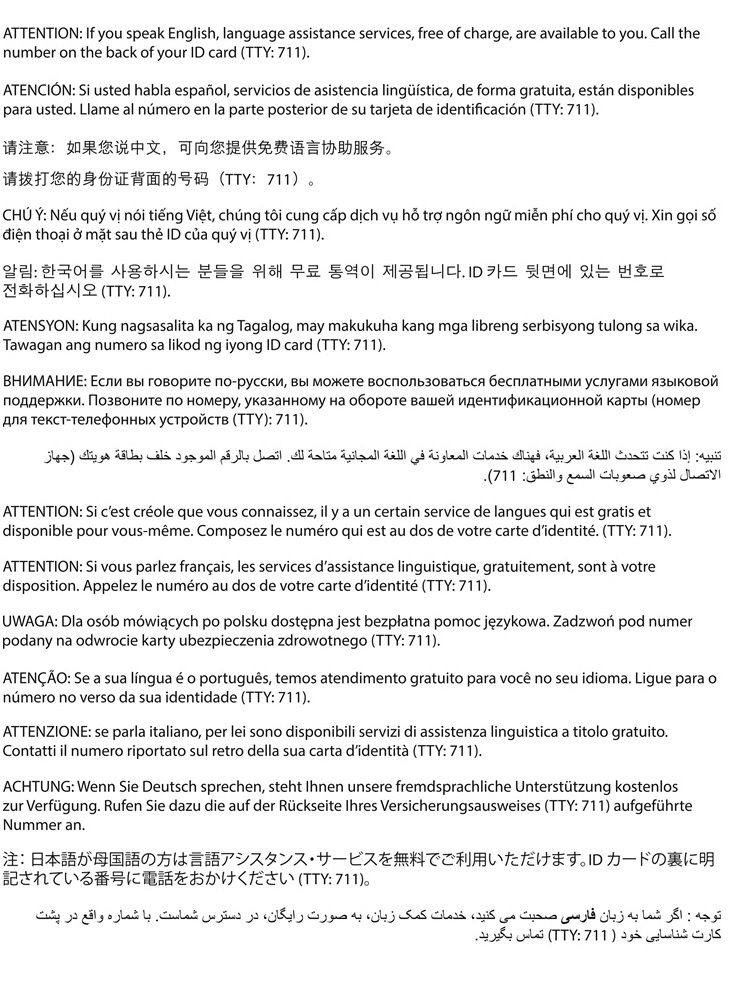This Policy version was replaced on October 28, 2024. To find the newest version, go to https://www.bluecrossmn.com/providers/medical-management, select 'See Medical and Behavioral Health Policies', then 'Blue Cross and Blue Shield of Minnesota Medical and Behavioral Health Policies'. This will bring up the Medical Policy search screen. Enter the policy number without the version number (last three digits).
Biofeedback is a technique to teach patients self-regulation of physiologic processes not generally considered to be under voluntary control. Biofeedback devices may include electromyography (EMG), electrocardiography (ECG), measures of skin temperature and measures of the skin's electrical conductivity by the amount of sweat produced under stress.
A variety of biofeedback devices have been cleared for marketing by the U.S. Food and Drug Administration (FDA) through the 510(k) process. A biofeedback device is defined by the FDA as "an instrument that provides a visual or auditory signal corresponding to the status of one or more of a patient's physiological parameters (e.g., brain alpha wave activity, muscle activity, skin temperature, etc.) so that the patient can control voluntarily these physiological parameters."
NOTE: Devices that provide information about neuronal activity as measured by electroencephalogram (EEG) or functional magnetic resonance imaging (fMRI) are addressed in policy X-29 Neurofeedback.
I. Biofeedback for Behavioral Health Conditions
II. Biofeedback for Medical Conditions
III. Use of biofeedback in the home or an unsupervised setting for any indication is considered EXPERIMENTAL/INVESTIGATIVE due to a lack of clinical evidence demonstrating an impact on improved health outcomes.
90875 90876 90901 90912 90913
Blue Cross and Blue Shield of Minnesota medical policies apply generally to all Blue Cross and Blue Plus plans and products. Benefit plans vary in coverage and some plans may not provide coverage for certain services addressed in the medical policies. When determining coverage, reference the member’s specific benefit plan, including exclusions and limitations.
Medicaid products may provide different coverage for certain services, which may be addressed in different policies. For Minnesota Health Care Program (MHCP) policies, please consult the MHCP Provider Manual website.
Medicare products may provide different coverage for certain services, which may be addressed in different policies. For Medicare National Coverage Determinations (NCD), Local Coverage Determinations (LCD), and/or Local Coverage Articles, please consult CMS, National Government Services, or CGS websites.
Note that services with specific coverage criteria may be reviewed retrospectively to determine if criteria are being met. Retrospective denial of claims may result if criteria are not met.
Blue Cross and Blue Shield of Minnesota reserves the right to revise, update and/or add to its medical policies at any time without notice. Codes listed on this policy are included for informational purposes only and are subject to change without notice. Inclusion or exclusion of a code does not constitute or imply member coverage or provider reimbursement.
These guidelines are the proprietary information of Blue Cross and Blue Shield of Minnesota. Any sale, copying or dissemination of the medical policies is prohibited; however, limited copying of medical policies is permitted for individual use.
Acknowledgements:
CPT® codes copyright American Medical Association® 2023. All rights reserved.
CDT codes copyright American Dental Association® 2023. All rights reserved.
